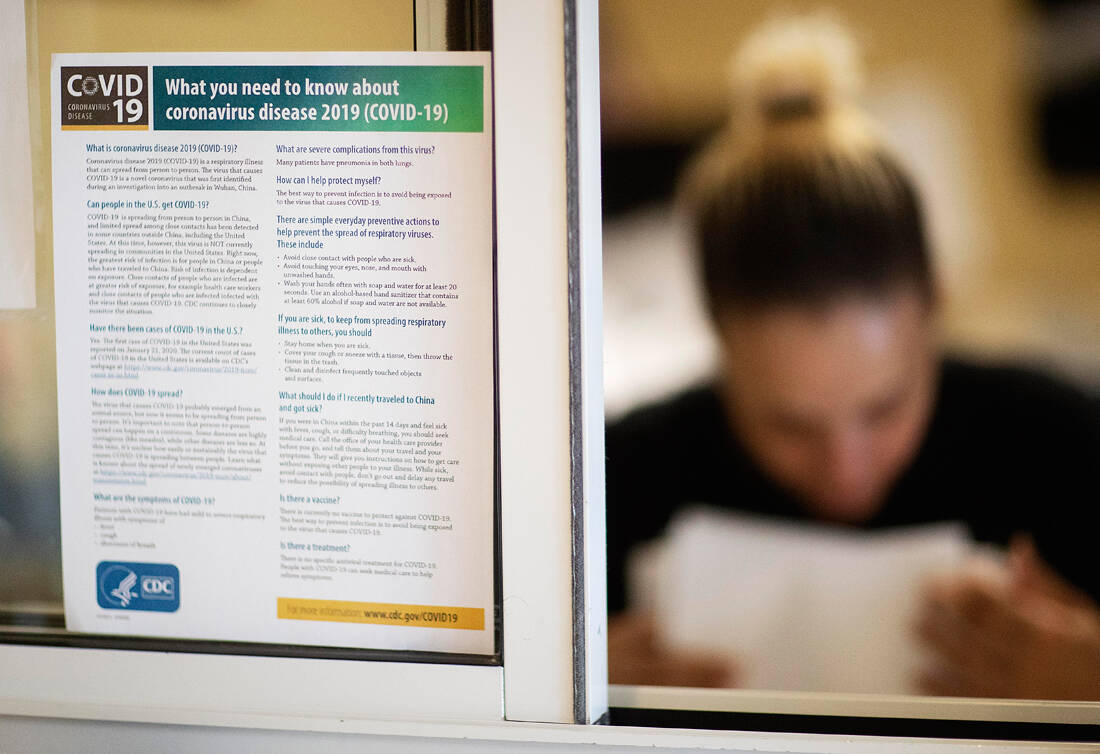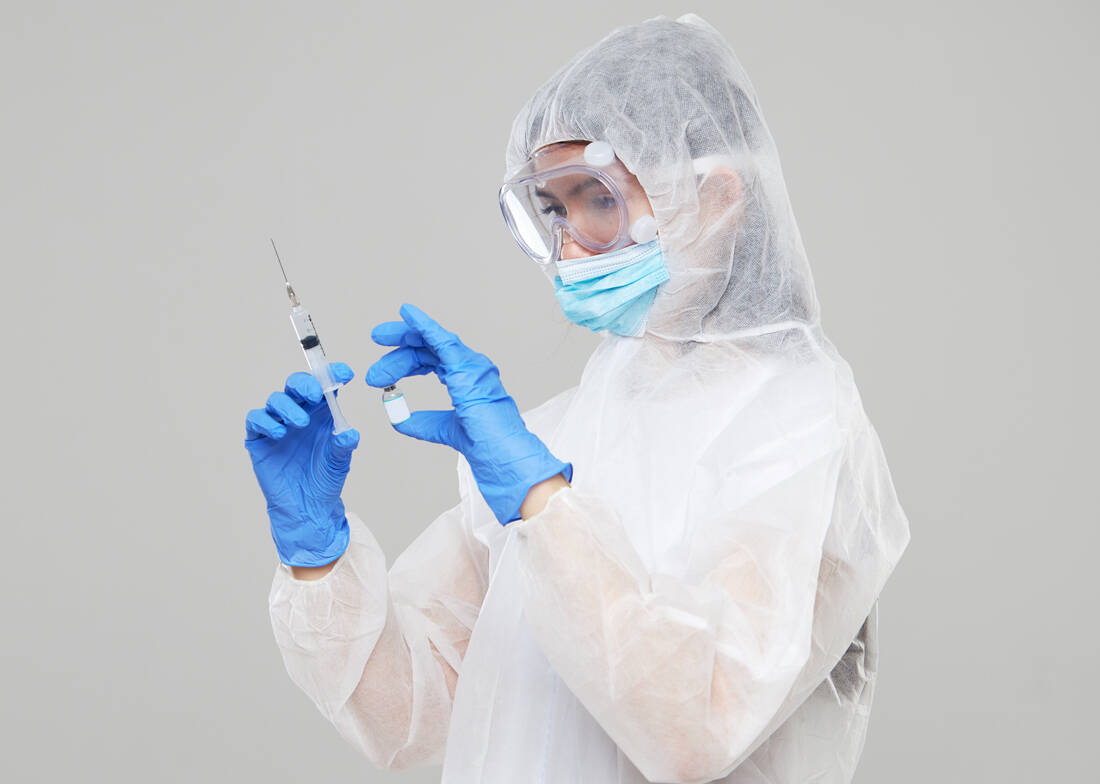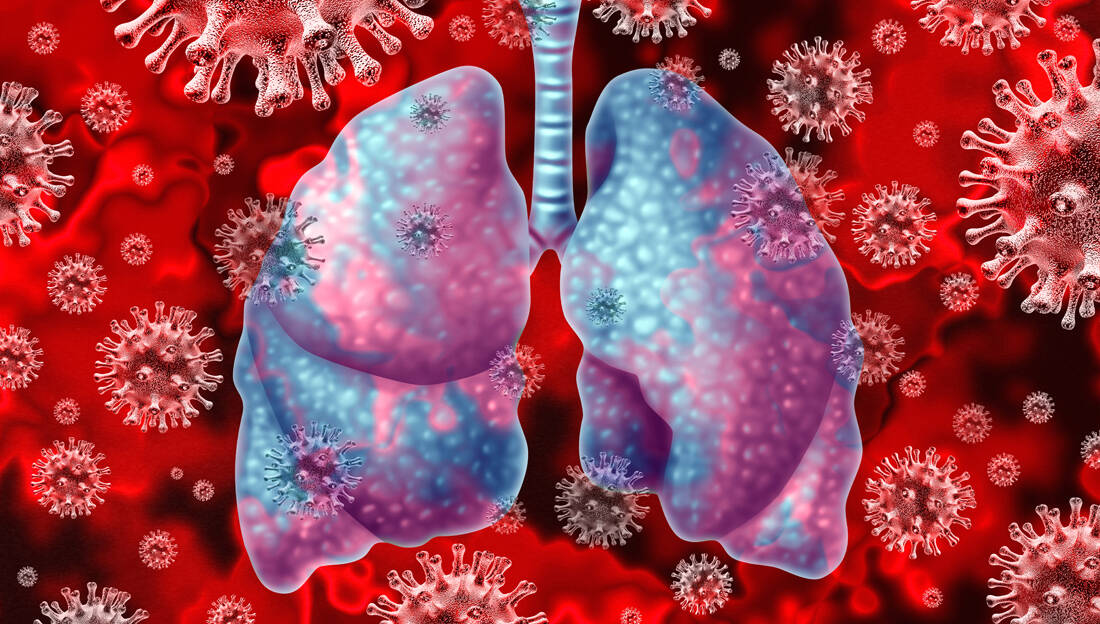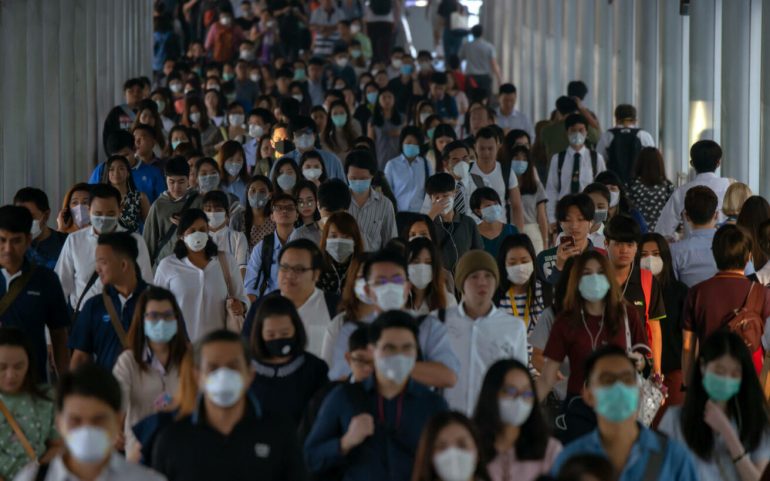In more and more countries around the world, the new is spreading coronavirus, which started late last year from Wuhan, China and has now become global.
What experts point out from the outset is the importance of strictly adhering to personal hygiene measures in order to delay and limit the spread of the virus - but also the criticality of protecting vulnerable groups - the elderly and people with chronic diseases.
As infectious disease specialists say - but it can also be deduced from the progression of cases - most patients with the new SARS-CoV-2 coronavirus become ill as if they had a mild form of the flu - hence there are many who go through the disease very well. mild or even asymptomatic. However, under certain conditions, things can become more serious and the patient may risk or even lose his life. This is evidenced by the more than 4.000 deaths worldwide - most, more than 3.000, have been recorded in China.

As far as we know, the new coronavirus causes something a little more serious than a cough, as long as it stays in the nose and throat, something that happens to most people who get sick because of it. As experts in Greece have explained, it has been found that the coronavirus enters the body through the mucous membranes, most commonly in the mouth and nose. If he stays there, in the upper respiratory tract, the patient becomes slightly ill.
The danger, scientists point out, according to Bloomberg, is when the virus spreads to lungs.
One in seven patients develops dyspnea and other serious complications, while the health condition of 6% of patients becomes critical. These patients usually experience a breakdown of the respiratory and other vital systems of the body and sometimes septic shock, according to a report by the China-World Health Organization joint mission.

The coronavirus infects the alveolar cells of the lungs and causes first inflammation and then pneumonia.
The progression of the disease from mild to moderate can be "very, very rapid," according to Bruce Aylward, his deputy general manager. World Health Organization, who led a mission to China, which examined the data of 56.000 cases.
Understanding the progression of the disease and identifying people at greater risk is critical to improving care and tackling the spread of the virus worldwide.
10-15% of mild patients then become seriously ill and 15-20% of them become critically ill. The patients most at risk are people over 60 and those with pre-existing diseases such as hypertension, diabetes and cardiovascular disease.
"The clinical picture shows a pattern of development that is not very different from what we see in the flu," said Jeffery K. Taubenberger, head of viral pathology and development at the National Institute of Allergy and Infectious Diseases in Maryland, who studied the victims. Spanish flu, including one found buried in the icy ground of northwestern Alaska more than 20 years ago.

Ο Covid-19 It is transmitted, as far as we know so far, mainly by contact with droplets released from the sneezing, breathing or coughing of a sick person, which carry the virus.
Usually the infection starts in the nose. When the coronavirus enters the body, it affects the epithelial cells that protect the airway, as described by Taubenberger. If checked at the top respiratory, usually the patient passes the disease more lightly.

But if it crosses the airway and reaches the bronchial tree and lung tissue peripherally, then it can cause a more serious progression of the disease. This is due to the damage - which causes pneumonia - that is caused directly by the virus but also the secondary damage caused by the immune system's response to inflammation.
"Your body immediately tries to repair the damage to the lungs," describes Taubenberger. Many white blood cells, which help damaged tissue, act immediately. "Normally, if this goes well, the infection goes away in just a few days."

In some more severe cases of coronavirus, the body's effort to autoimmune can be very dynamic, destroying not only the cells infected with the virus but also healthy tissue, Taubenberger explains.
Damage to the epithelial cells of the trachea and bronchi can lead to the loss of protective cells which produce mucus and the "lashes" that remove dirt and respiratory secretions outside the lungs.
"You can no longer hold something away from the lower airway," he describes. The result is that the lungs are vulnerable to possible secondary bacterial infection. Possible "invaders" are the germs that are usually found in the nose and throat, but also the antibiotic-resistant bacteria that abound in hospitals, especially in the humid environments of ventilation machines.

Secondary bacterial infections pose a major threat because they can kill vital stem cells of the airways, which allow the tissue to regenerate. Without them, "you just can't physically repair your lungs," concludes Taubenberger. Damaged lungs lack oxygen from other vital organs, causing damage to the kidneys, liver, brain and heart.
"When you have a serious infection, everything starts to fall apart like dominoes," said David Morens, a scientific adviser to the director of the National Institute of Allergy and Infectious Diseases. "Then you pass the turning point, everything collapses and from one point onwards the situation is irreversible."
This turning point probably occurs earlier in older people, as in experiments, it occurs earlier in older mice, says Stanley Perlman, a professor of microbiology and immunology at the University of Iowa who has been studying coronaviruses for 38 years.

However, there are cases of younger patients who succumbed to the disease. The most typical example is that of 34-year-old Li Wenliang, of the Chinese ophthalmologist who was one of the first to warn about the new virus in Wuhan. The 34-year-old died last month after receiving antibodies, antivirals, antibiotics and oxygen, and was linked to an artificial lung.
Some people may be more vulnerable for genetic reasons. Possibly, according to Taubenberger, because they have more abundant protein receptors in the respiratory epithelial cells of their respiratory tract, which the virus targets.
It is also possible for some people to have some degree of immunodeficiency or to be affected by other factors associated with the underlying disease.
